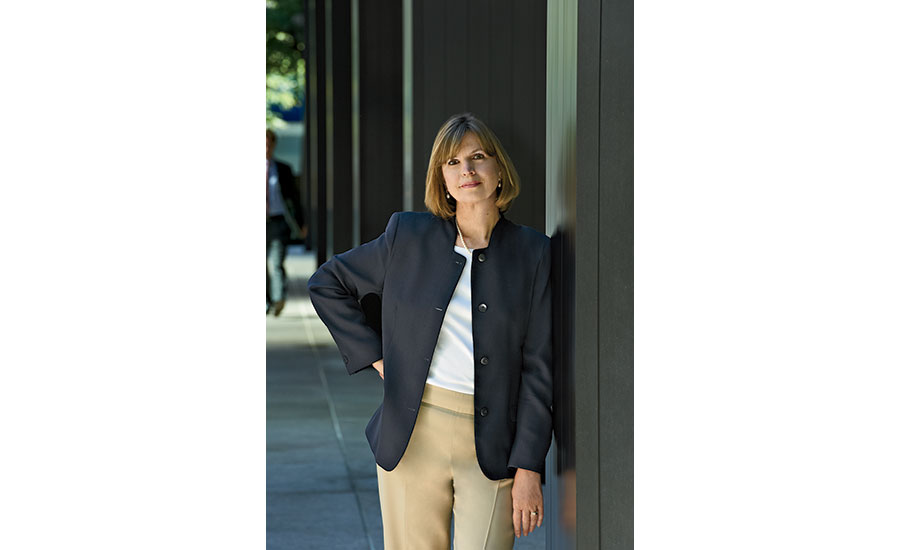It has been a year since multiple allegations against Hollywood producer Harvey Weinstein for sexual assault and harassment (which he has denied) reignited the simmering #MeToo movement. Accusations of sexual misconduct in other professions—television, academia, performing arts, publishing, and journalism—quickly followed, with many high-profile men terminated from their jobs. And now #MeToo has spawned what may have been an inevitable backlash, as was clear in the contentious aftermath of the confirmation hearings for Supreme Court justice Brett Kavanaugh.
Yet a serious reckoning in the architecture profession has been slow to emerge. Last March, I asked in this column, “Where is Architecture’s #MeToo Movement?” Just weeks later, The New York Times broke the story of five women who accused the Pritzker Prize–winner Richard Meier of sexual harassment over many years. Meier responded by apologizing—sort of—and offered that “his recollections may differ” from those of his accusers, but he immediately took a six-month leave from his firm. Now his office has announced that he is stepping down permanently from “day-to-day” operations, though the name on the door will still be Richard Meier & Partners, and he remains “available to colleagues and clients.” (The clients outside the U.S., where the firm reportedly has quite a bit of work, may be less concerned about the tainted brand than those in this country.) Meier has continued to send mixed signals by telling the Times in an interview that “people can say whatever they want . . . I focus on the work.”
One of his accusers, Stella Lee, who worked at Meier’s firm when she was 21 and said the architect exposed himself to her, recently published a Times op-ed piece asking, “Why Doesn’t Architecture Care About Sexual Harassment?” Indeed, after the Meier allegations, there have not been more substantive accusations against other architects (anonymous charges directed at a number of architects were made online last spring, but the posts were subsequently taken down). That doesn’t mean, of course, that women—and some men—have not been suffering from harassment and discrimination in the profession and the wider construction industry.
In August, Architectural Record joined its sister publication Engineering News-Record (ENR) in launching a survey about sexual harassment, and the results are now in, with 1,200 responses from people working in engineering, construction, and design. Half were architects or architectural designers, of whom roughly two-thirds reported they had experienced sexual harassment, in the form of inappropriate personal requests, questions, jokes, or innuendo, and 30 percent of those said the harassment included inappropriate physical contact. Some expanded on their responses. “Not much has changed in 40 years,” wrote one woman with a long career in the Southeast, “except that more women are exposed to it, and there is a dismissive, ‘anti-PC’ sentiment spoken with derision.”
How can the culture of architecture ultimately change course? Lee (who went on to cofound the firm Bureau V), as well as others, argue that essential change must begin with professional training. Women students and faculty at some architectural schools have been organized for quite a while, but the momentum has increased with #MeToo. This month we take a look at activism to advance the cause of women and fight discrimination in every form at several top schools.
Also in the pages ahead are examples of great contemporary architecture. RECORD launched its special feature, the Building Type Study (BTS), 81 years ago, and we know that many readers use a particular BTS as their reference when they design in that specialty. This month, we celebrate our 1,000th BTS, with our annual portfolio of new college and university buildings. And we are pleased as well to showcase two stunning new museums, one for the Menil Collection in Houston by Los Angeles architects Sharon Johnston and Mark Lee, and the other a dramatic outpost for the Victoria & Albert in Dundee, Scotland, by the Tokyo-based Kengo Kuma.




Post a comment to this article
Report Abusive Comment